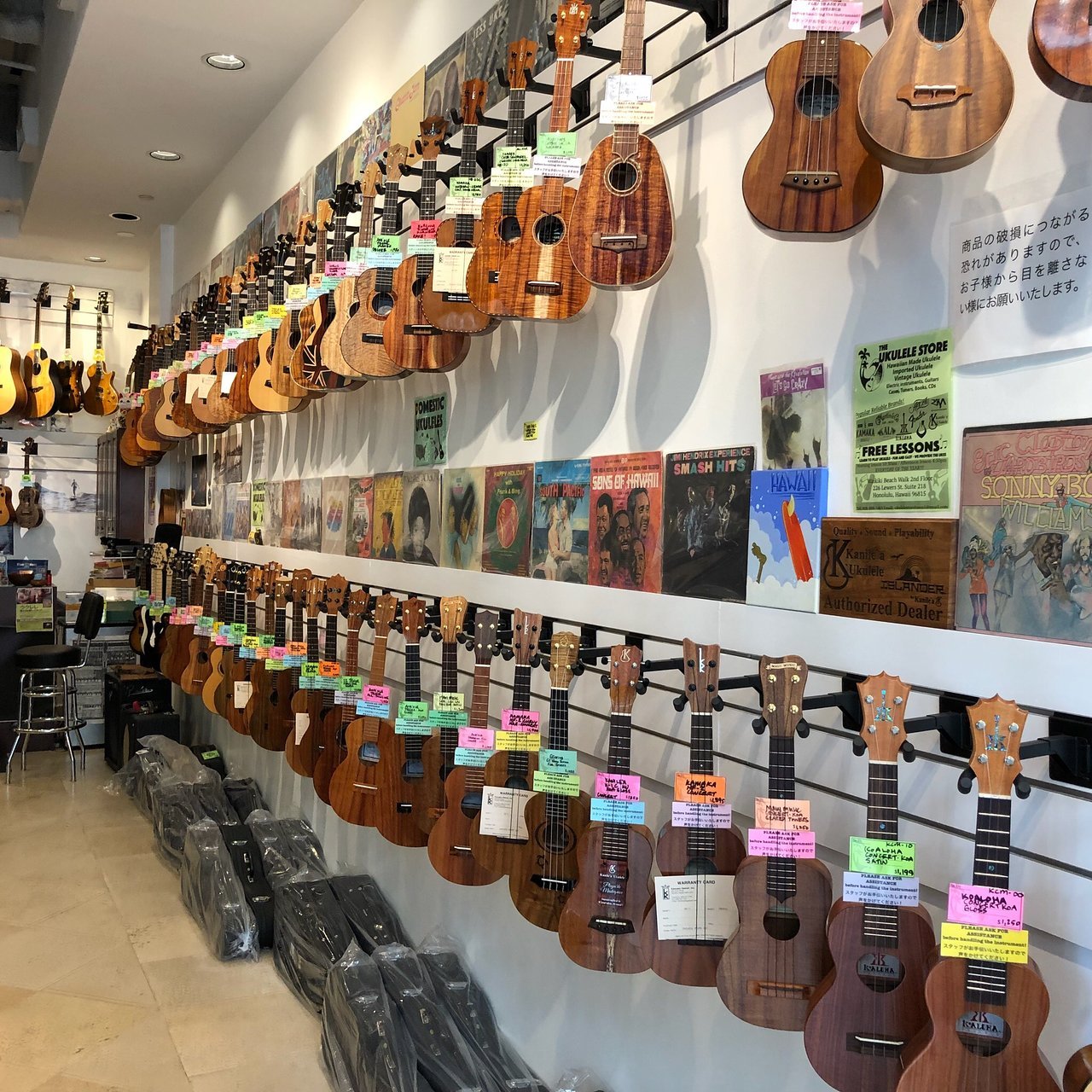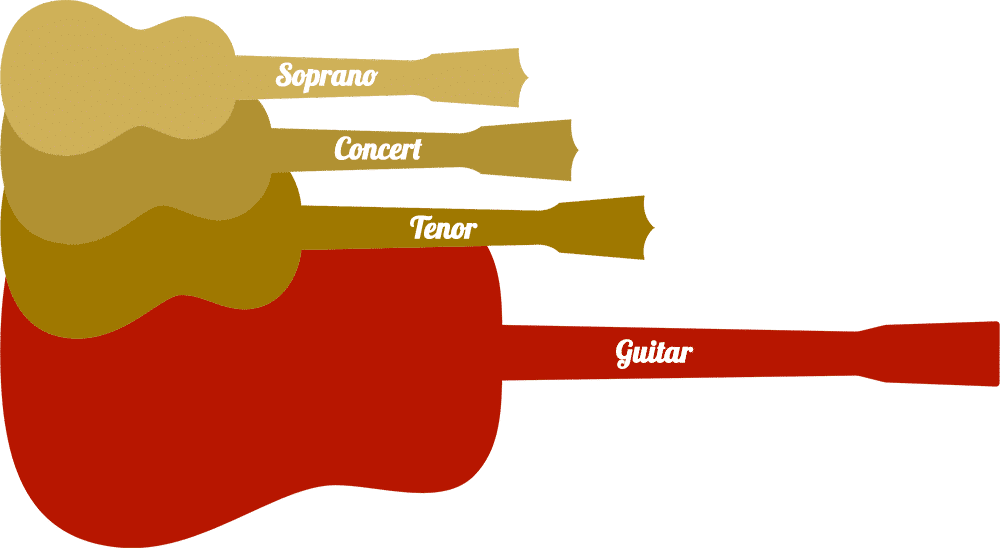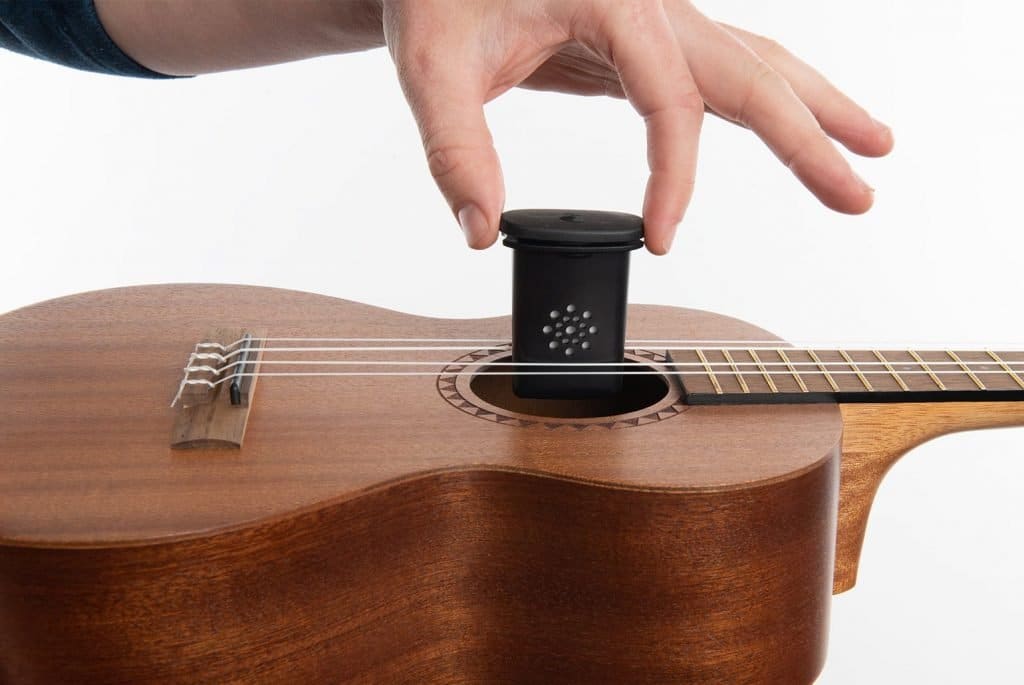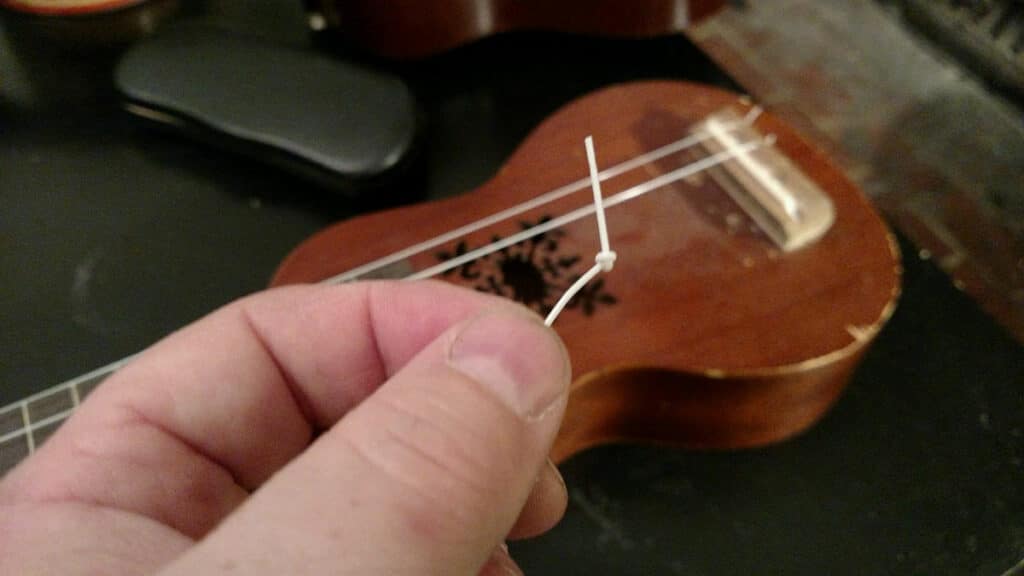Learn to play the ukulele
THE BASICS
Depending on your musical background, I would suggest for beginners to start with my top 10 tips and with learning the parts of the ukulele. This will help when you progress in your ukulele pathway.
Top 10 ukulele tips for beginners
All parts of the ukulele explained
HOLDING A UKULELE & STRETCH
Once you're past the tips and parts, it's important to learn how to properly hold your ukulele before getting to know the ukulele chords. If you're having trouble, you can always check out a ukulele strap if you prefer to play standing. Don't forget the very important stretching as well.
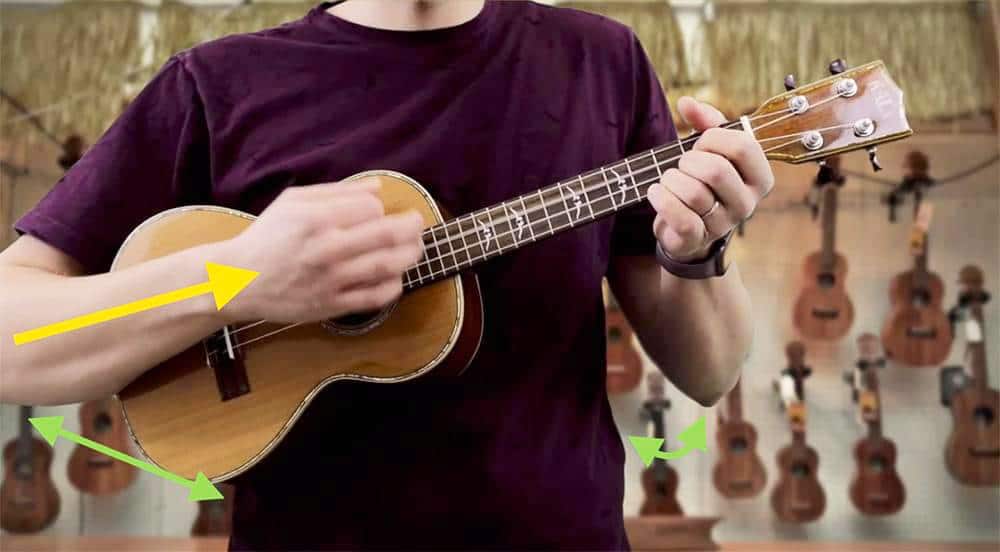
How to hold a ukulele, what you should(n't) do
Strap for ukulele without drilling? Of course!
Ukulele Stiff Finger Warm-Ups, 5 Easy Exercises
UKULELE CHORDS
Now we can get to the real stuff, ukulele chords. These form the basis of playing any song. This is the "hard" part and will require the most practice and exercise. On the one hand to memorize the chord diagrams and on the other hand to play. Don't worry, I have some handy charts ready for you and which ones to learn first (ouf of the 300+ different diagrams).
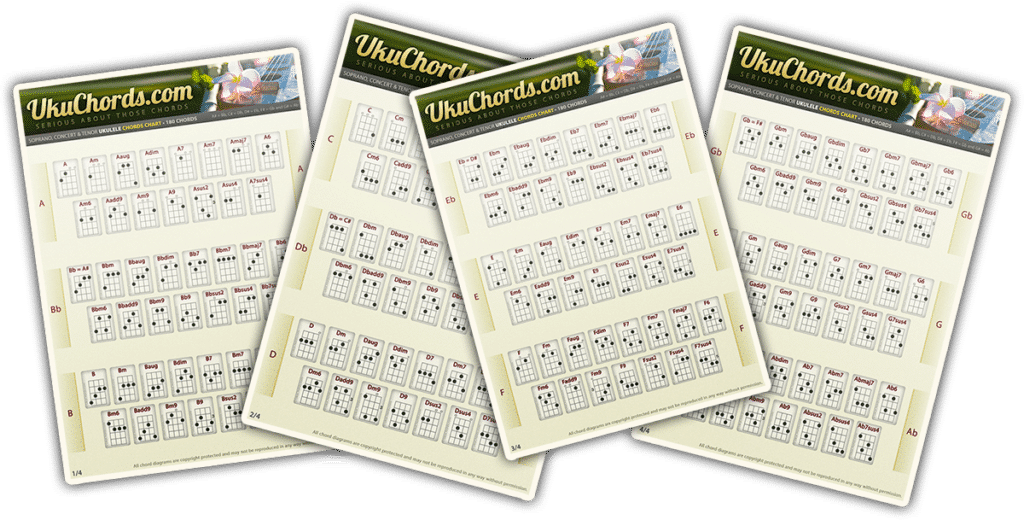
How to read ukulele chord diagrams?
Ukulele basic chords for beginning players
Simplify difficult ukulele chords
Bonus: Beginners ukulele capo guide, when and how to use
UKULELE STRUMMING AND TUNING
Of course, when playing a certain chord you also want your ukulele to make some noise. That's where strumming comes in. Strumming allows you to produce a certain chord sound by hitting all four strings of the ukulele simultaneously. Make sure that your ukulele is in tune first.
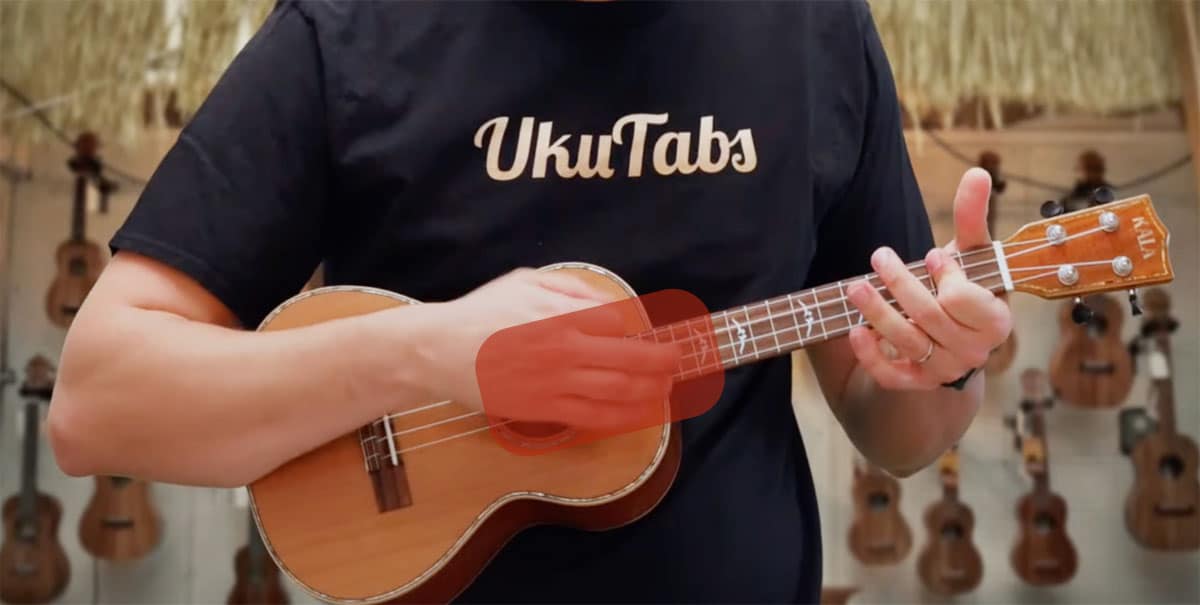
How to strum ukulele, ultimate guide with sound examples
How to properly tune your ukulele
Becoming a better ukulele player
TAKING IT UP A NOTCH
When you know a lot of ukulele chords and your strumming is improving bit by bit, you can take it up a notch. Learn the E chord, try out some ukulele tablature, learn about bar chords or perhaps check out an alternate tuning. On the other hand, you can also check out a capo and how it can help in your playing style.
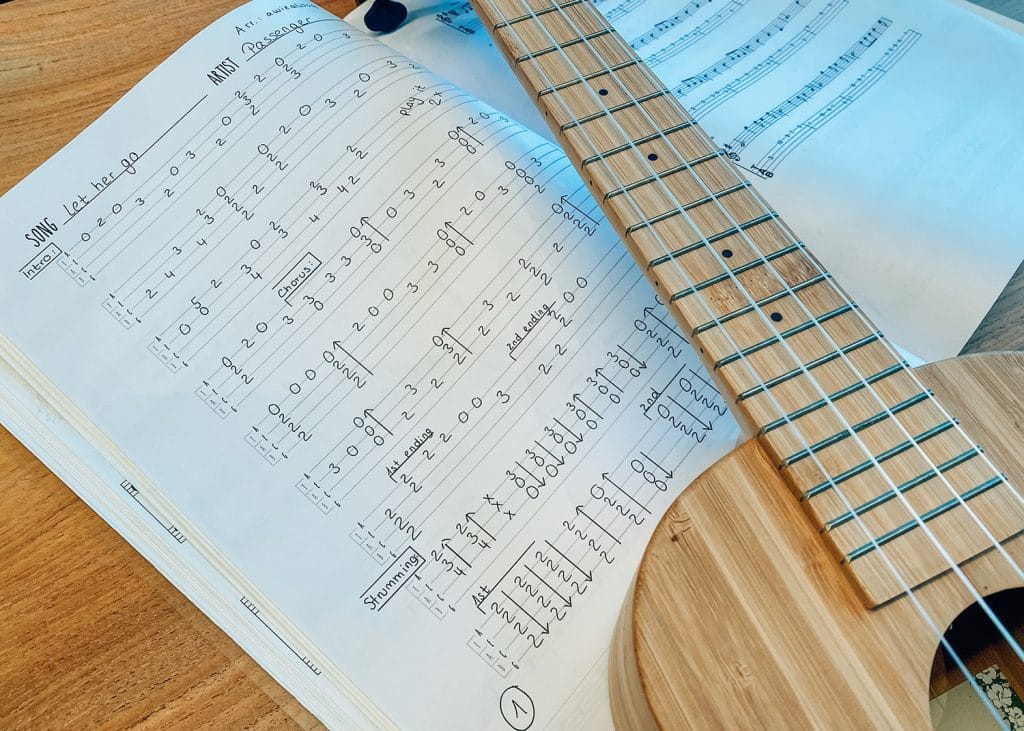
How to play the E ukulele chord
Learn how to read ukulele tablature
How to play ukulele bar chords like a pro
What different ukulele tunings are possible?
How to practice ukulele with a metronome
UKULELE THEORY
You can go even further by improving your theoretical knowledge. Check out my two write-ups about ukulele harmonics and ukulele keys which can help you to write your own songs.
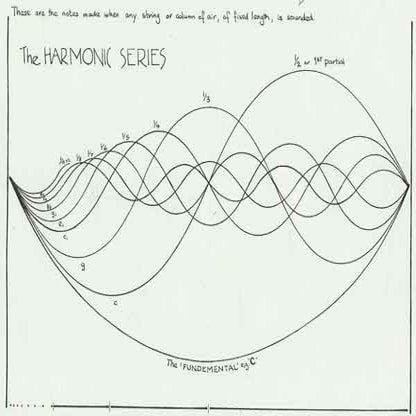
What are ukulele harmonics and how to play
Write your own songs using a ukulele key card
